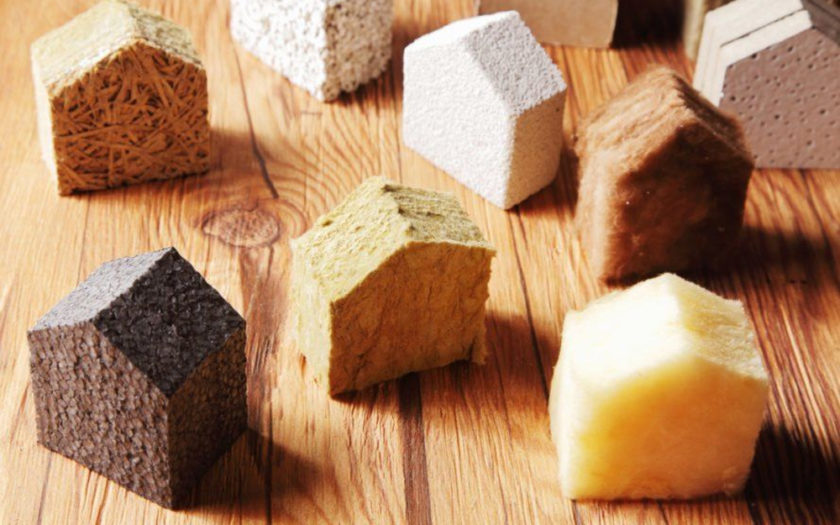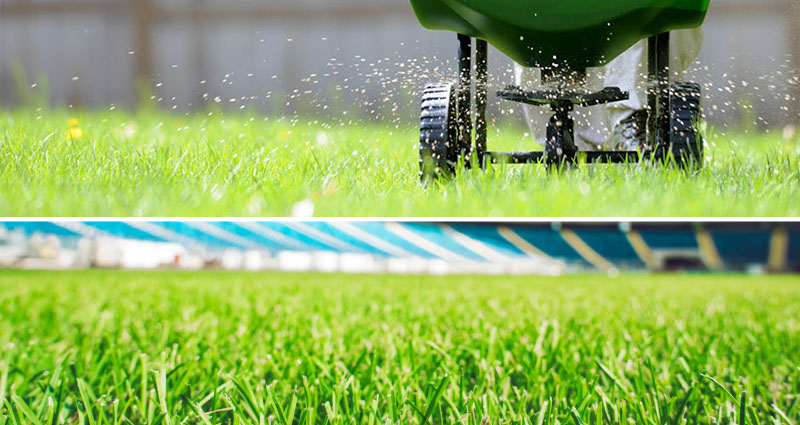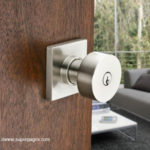Insulating your home is becoming an essential process with the rising cost of energy. When you are a paying so much to heat your home it is daft to allow this heat to escape. If you take just loft insulation then the potential annual savings from installing the current recommended insulation is around GBP 145 per year. It wont take long to recover the cost of the installation with these kinds of annual savings.
There are number different insulation materials available it can be confusing. What are the best types to go for, and do some the eco insulation material perform as well?
Environmentally friendly materials
Thermafleece
This is formed from sheep’s wool. Over the past few years it has become more popular. This has fuelled by the green / organic movement of the late 2000’s. Programmes like Grand Designs have helped to show how this type of product can be used to achieve great results.
With the British wool industry is decline then there is a surplus of fleece that can be easily turned into insulation.
Benefits
- Fire retardant
- Biodegradable
- Absorb water
- Straw
I don’t think I need to explain where this form of insulation comes from! Like the sheep’s wool it is often in surplus and therefore makes sense to use it. If you live in a rural area then the cases are you will be able to source the material form a local farm so the transportation costs and environmental impact are pretty low.
Benefits
- Low energy to produce
- Good thermal insulation
- Easy to install
- Newspaper fibres (Cellouse)
This is another good way of using a material that would otherwise be going to landfill. Newspaper is shredding and the resulting material is treated to stop it going mouldy and of course adding the essential fire retardant chemicals
Benefits
- Low energy to produce
- Good thermal insulation
- Easy to install
- Compare them
It is no use using these materials is the long term environmental impact is greater than standardhome insulation materials due its performance. Are they comparable with traditional home insulation boards and rolls?
The average standard insulation performance ins graded at between 0.033 – 0.04 W/(mAK) (thermal conductivity).
These are the rating for the eco alternatives, as you can see they are pretty close to the performance of the standard of more common products.
- Thermafleece = 0.037- 0.040 W/(mAK)
- Straw = 0.02 – 0.09 W/(mAK)
- Cellulose = 0.038 – 0.040 W/(moK)







